“How do you find the time to do all of that?”
This is one of the most common questions I receive from readers, followers, friends and colleagues. And, as it turns out, the answer is really simple.
In fact, that answer is contained within the question itself.
Do you see it?
One word:
“find”
I find the time.
I am not a time guru. I haven’t attempted a single “productivity hack” in my entire life. In fact, I despise those things. Optimizing your life to the millisecond is not an enjoyable way to live.
I simply have my priorities clearly in focus, and center my day-to-day decisions around those priorities.
How to mine for your most valuable resource

Time is a finite resource, one that we treat far too casually.
Do you look at spending time the way you think about spending money? Time is a currency, and each day we pull chunks of minutes out of our time wallets, handbags and purses and buy things with our time.
What’s the last purchase you made?
You make a budget for your financial resources (if you don’t, you have failed at adulting), so why shouldn’t you do the same with your time?
When’s the last time you performed an audit on how you’re spending your most valuable resource; your time?
Just as we make sacrifices to fit within our financial budget, we need to do the same with our time budget. And, when it comes to spending time, it all comes down to priorities.
The biggest and worst excuse we make is “I just don’t have the time“.
You do have the time to start writing that book you’ve been thinking about for years, you’ve just chosen to spend it elsewhere.
Here are some of the things you’ve chosen to spend your time on:
1: Watching too much TV

via Recode
I’m sorry, but this is an easy one. We’re simply watching too much TV these days. Even more than that, there’s just too much TV to watch.
Watching TV does nothing for you. It’s purely mind-numbing entertainment. This is 100% OK in moderation. It’s a great way to shut off your brain and relax.
The problem occurs when you’re watching multiple hours of TV every single day. The average American now watches over 5 hours of TV daily. That is obscene. People are literally watching TV to death.
Remember, just because it’s there, doesn’t mean you have to watch it. Turn off the Netflix, and do something more valuable with your time.
2: Analysis Paralysis

Researching is great. Until it starts to keep you from actually doing things.
There is a vast sea of information and free knowledge at your fingertips at all times. It’s amazing. You can have all of your deepest, darkest and weirdest questions answered in just seconds.
But the tides of this vast sea can quickly turn on you, and swamp your vessel before you even allow yourself to leave shore.
I deliberately chose the words “allow yourself” because you always have the option to get started on that project you’ve been researching for months. But, for whatever reason, you’re holding back.
Maybe you’re worried about making the wrong choice, or you’re afraid you’ll fail, or you think people are going to judge you for doing something radically different.
But that all comes down to fear. Don’t allow fear to paralyze you.
Do the research. Then do. You’ll learn as you go, trust me.
3: Endlessly scrolling through social media

Social media is such a ridiculously powerful tool that previous generations of business owners would have killed to have at their disposal.
It’s an amazing (and often free) way of building your brand, finding new customers, and making more money.
It’s also your worst enemy.
Social media is time-suck. Even worse, it’s an addictive time-suck. These social media companies have precisely and carefully designed them to be addictive. They have spent millions researching human psychology and implemented casino tactics to keep you coming back for your next quick hit.
They monitor your actions across the internet, get you to buy products you don’t want, and make you yearn for the instant validation of complete strangers.
As an online marketer, I use social media quite often. What has helped me maintain a proper balance towards these networks?
I’ve deleted nearly all social media apps from my phone. The only one I’ve kept is Instagram, because it doesn’t have much of a desktop functionality. This has helped me put social media in its proper place.
When I login on my computer, I’m in work mode. I’m using these tools to benefit my business, rather than aimlessly scrolling on my phone or receiving constant notifications about crap I don’t care about.
4: Keeping “busy”

In the Western world, being busy is a badge of honor. Nothing gets “productivity hackers” more aroused than rattling off all the tasks they checked off their to-do list at the end of the day.
There isn’t necessarily anything wrong with finding ways to boost your productivity. Some people have written about them on this very site, in fact. Again, the theme here is balance.
Optimizing your entire life to cram as much work into the day as possible is not what these are meant for. These hacks should be used to make more time for yourself, not for “busy”.
Busy is the enemy of productivity. Busy is inefficient. Busy means you’re doing too much for too little in return. We should be working to live, not living to work.
Let me put it this way…
If money were no longer a factor in your life, what would you be doing with your time?
The answer to that question is where your priorities lie, and your work should conform around those priorities, not the other way around.
Don’t be busy. Be efficient.
5: Hanging out with the wrong people

Do the people you spend time with align with your values?
Will they help or deter you from accomplishing your goals?
If you decide to try something new to improve yourself as a person, will they encourage or mock you?
These are important questions to ask yourself, as too many of us are friends with people out of nothing more than convenience or trivial commonalities.
Surrounding yourself with the right people is crucial.
6: Failing to look at the big picture

It’s easy to have short-term aspirations, but what about your long-term goals? Do you give them any thought?
More importantly, are you willing to sacrifice short-term benefits in pursuit of long-term rewards? Here’s a few for thought:
- Your friends are going out for drinks, but you know you haven’t written anything new on your blog in weeks. What do you do?
- That sexy new iPhone has all of the features you’re craving, but that other phone no one has heard of is half the price and still has 80% of the features you want. Which will you choose?
- An amazing new loft downtown just became available for rent, but the place you live in now with 2 roommates is a third of the price. What now?
No, you don’t have to close yourself off from all your friends and search the sidewalk for pennies, but I’m sure you get my point.
7: Endlessly complaining

Pretty sure we can thank the internet for its role in this one. People have always complained about trivial things, but never have we been able to shout our frustrations from the rooftops to a massive adoring crowd of mutual haters.
This is a big, scary world. And there’s a lot to dislike about it.
And yes, it feels good to complain about things. Particularly to your close friends.
But, at some point, enough is enough. You then have a choice to make:
- Keep complaining about it, do nothing about it. (or worse, expect someone else to do something about it)
- Stop complaining, do something about it.
- There’s nothing that can be done about it, complain about it for a bit, then move on.
No one likes to be around a constant complainer.
I know this because I’m constantly battling my negative tendencies. I have extreme positivity for specific things, whereas other situations bring out a cynical side of me that even I can’t stand to be around.
8: Playing with your phone

Put down the phone and lookup.
Try it. It doesn’t hurt, I promise. You may even be surprised at the things you discover all around you.
Phones are great when used properly. (are you sick of me preaching balance yet?) But man, they make us miss so much of the little things that make life enjoyable.
Nothing makes me sadder than seeing a beautiful girl at a restaurant sitting across from some dude who can’t put the Twitter feed away. Dude, seriously?
Have you ever tried riding a subway without reading or listening to anything? People look at you like you’re nuts.
There’s a whole section of Craigslist devoted to missed connections, people who see or briefly interact with someone attractive and don’t do anything about it.
Why? Because people don’t develop their social skills anymore. They don’t know how to talk to each other. Go read it, it’s depressing.
Our digital lives have consumed our “real” ones. Remember the days when two people would meet on a bus, get married, and live together for 70 years until death?
I don’t… because I’m far too young for that.
But I have many friends from that generation that tell me stories like that, and it sounds lovely.
Make some rules for yourself and your family. Try some of these:
- No phones at the dinner table
- Keep your phone stored across the room, instead of right beside your bed on your nightstand
- Delete all the useless apps from your phone
- Turn off all non-essential notifications (this is a big one, and will change your life)
Hey, it’s OK to be alone with your thoughts every now and then. It feels great, even.
9: Forgetting to take notes

How are you going to remember all of that useful information you’re consuming?
It took me awhile, but I finally developed a simple way to catalog all the great ideas I get from reading and watching things. (spoiler alert: Evernote is amazing)
When developing your own note taking system, here’s a few things that you need to ensure:
- It’s easily accessible from any device you own
- Saving notes is so dead simple that you want to save notes every chance you get
- Your notes database needs to be easily searchable for future reference.
Like I said, Evernote did all of this for me. Wonderful app.
10: Emailing into oblivion

This one is for my fellow business owners out there.
You can spend your entire day responding to emails. Don’t.
Pull a Tim Ferriss:
- Automate as much of your email processes as possible
- Set a window of the day (or week, if you’re really bold!) to respond to emails
- Get in the habit of ignoring emails that aren’t urgent
I know you can do it. Inbox Zero isn’t all that it’s cracked up to be.
11: Waiting

For real, though. What are you waiting for?
“I just need to do this” or “I’m just waiting for that, then I’ll be all set” or “It’s just not a great time right now”.
There will never be an ideal time to get started.
Whatever it is: a new project, business idea, goal, passion… whatever. Just start it.
Break it down into little pieces. Learn as you go. Accomplish one at a time, building slowly to that end goal. Every single day, no matter how small the task is, make progress.
One thing is for sure, you will never learn anything by sitting around and waiting for the perfect circumstances. Because they don’t exist.
How are you spending your time?

Maybe you don’t have any big goals to work towards. Maybe you’re completely content working your 9-5, five days a week, then going home to eat a microwave dinner and binge-watching Suits.
You know what? That’s perfectly fine.
I mean, I don’t agree with that of course. I think there’s way more to life than that.
But, if that’s what makes you happy, then go for it. You’ve already set your priorities and guide your path to satisfy those. You’ve made that choice.
The point is that you need to have those priorities clear in mind. You must have something to work towards. You can’t aimlessly wander through life, allowing others to dictate your terms, then constantly make excuses for why you’re not happy.
And, above all else, never tell me that you don’t have time for something.
Because we both know that’s not true.


























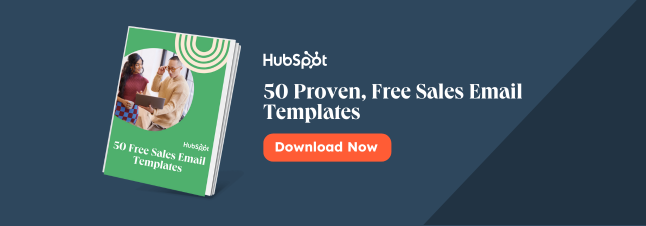
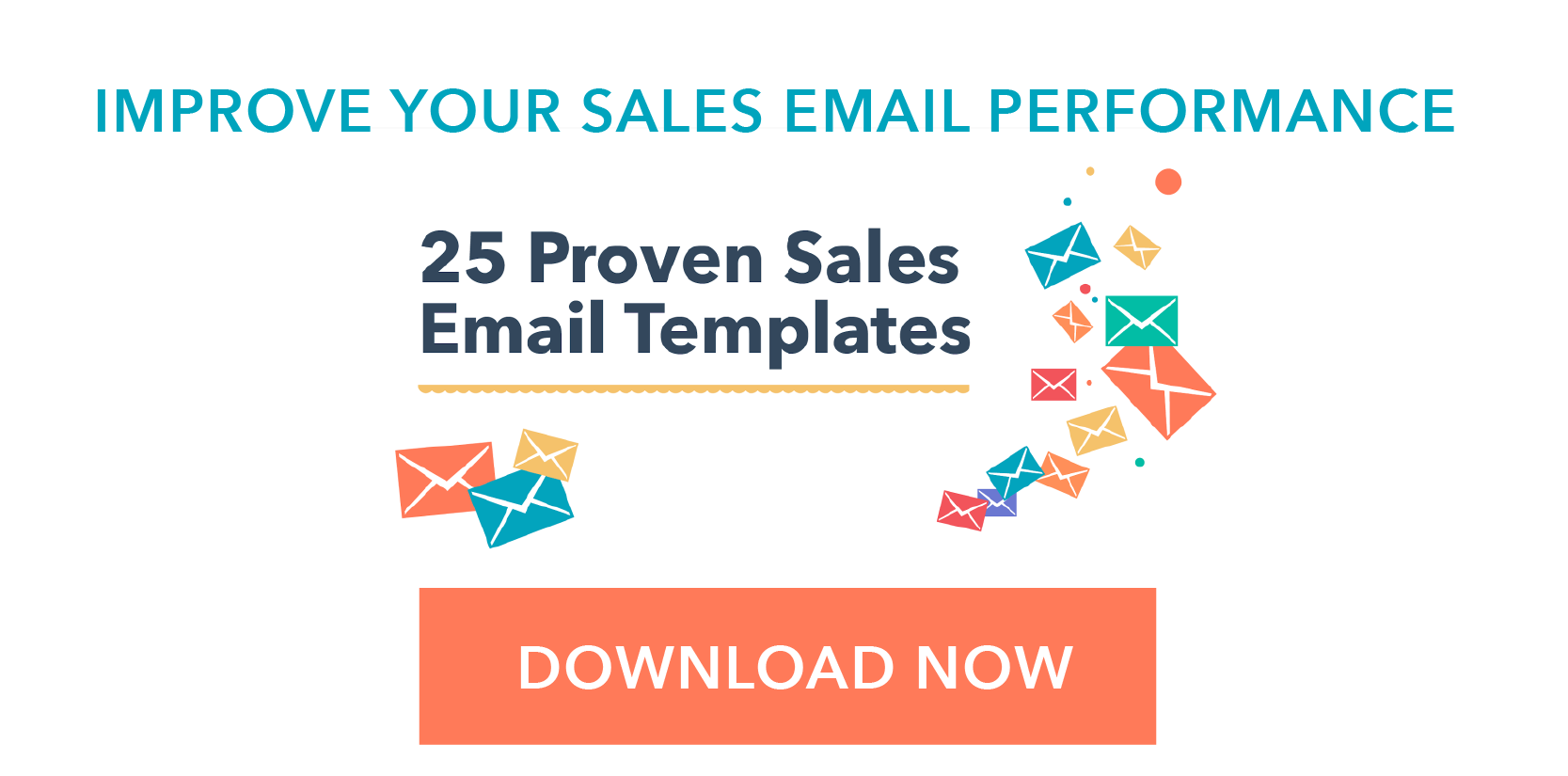





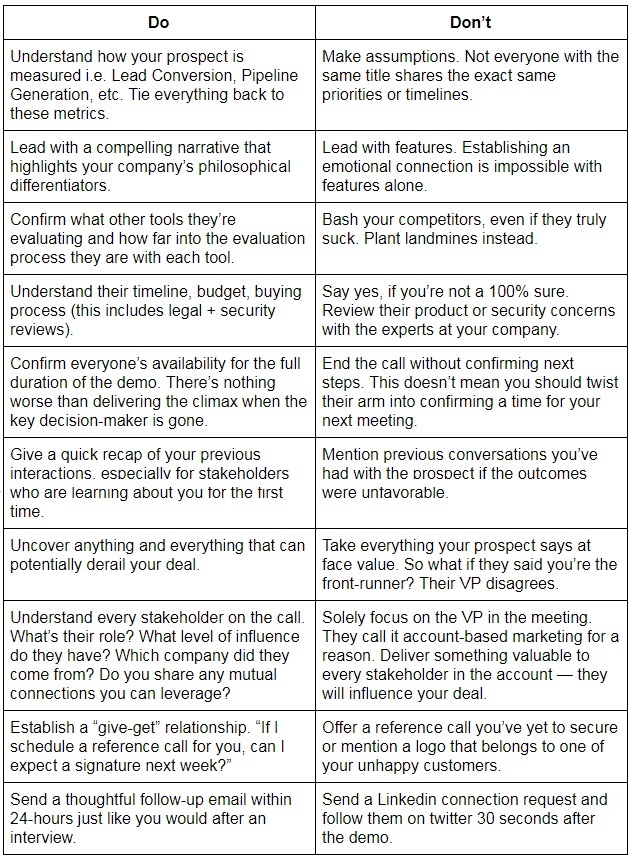









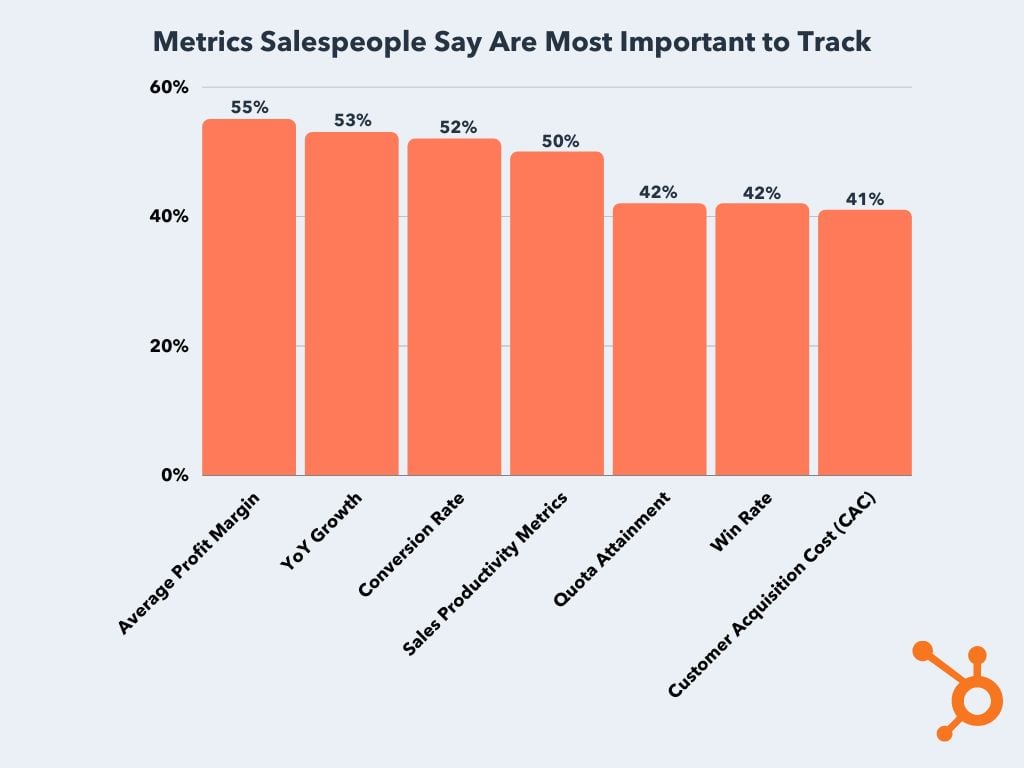
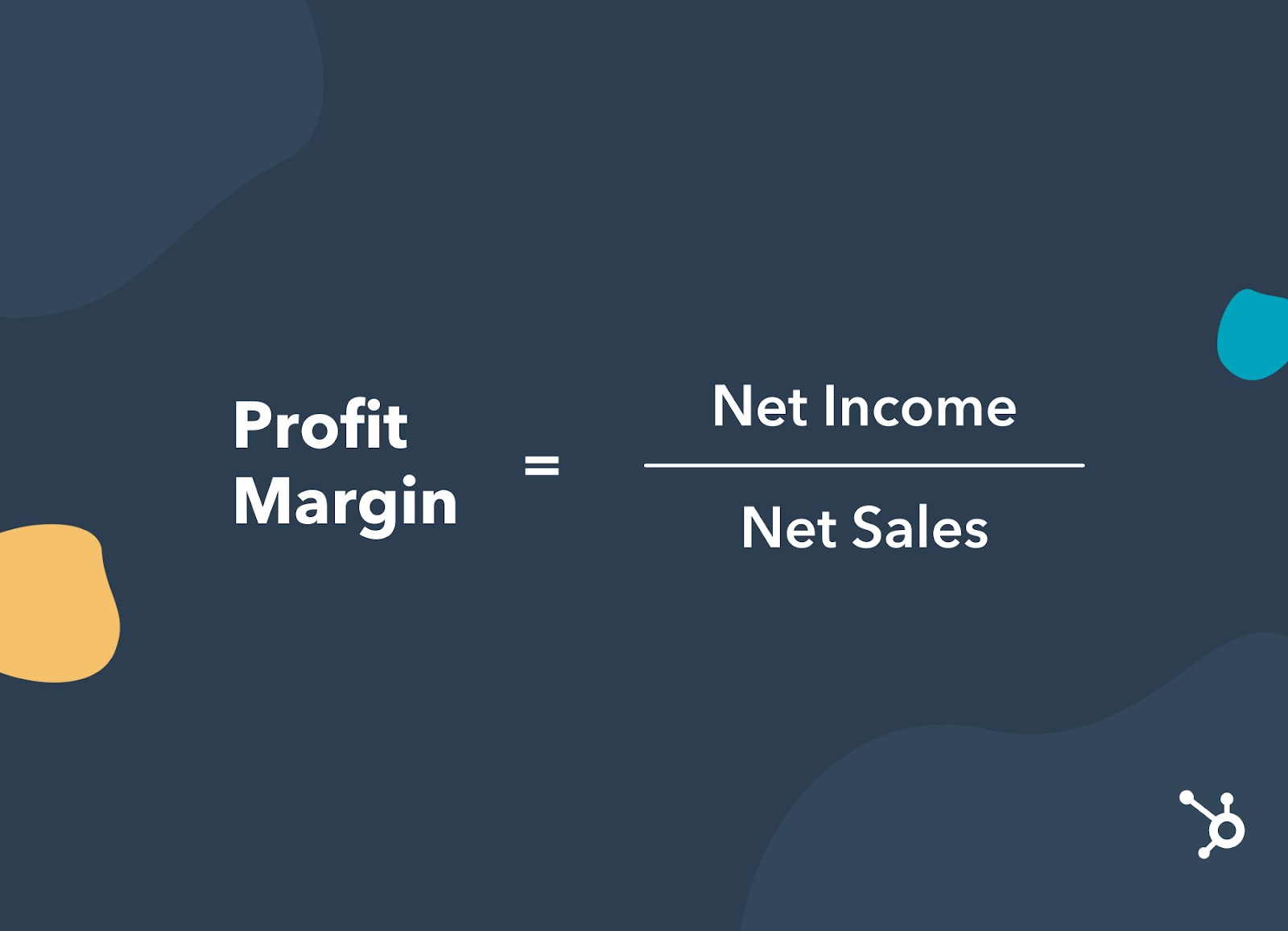 Why is it important?
Why is it important?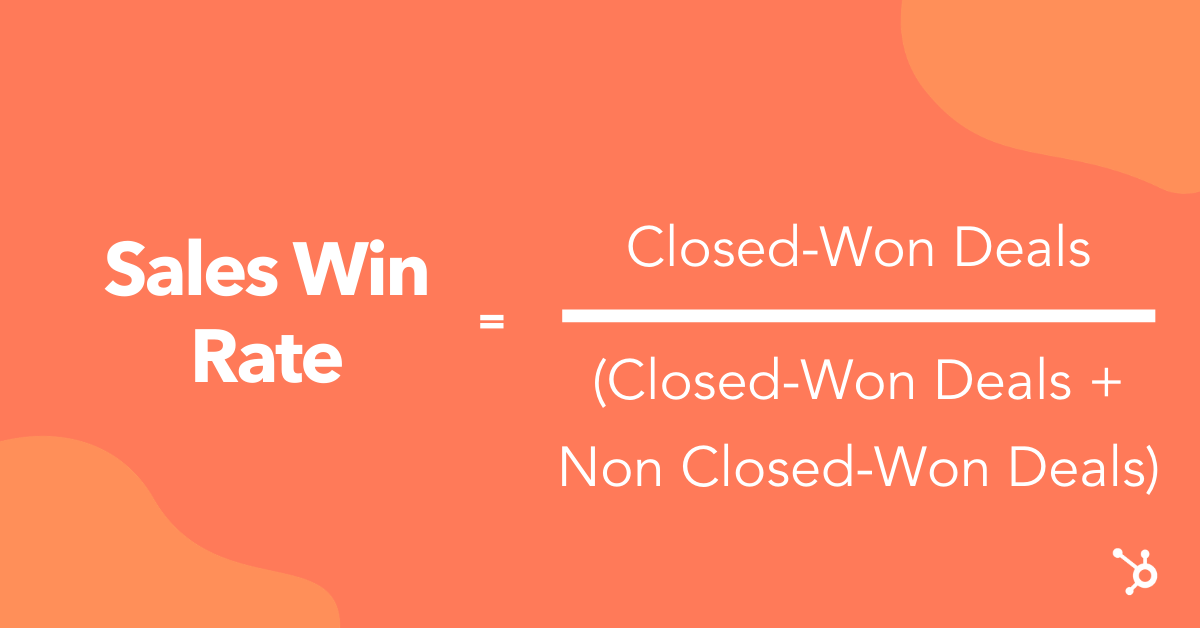 Why is it important?
Why is it important?.jpg?width=698&name=image-3451%20(1).jpg) Why is it important?
Why is it important?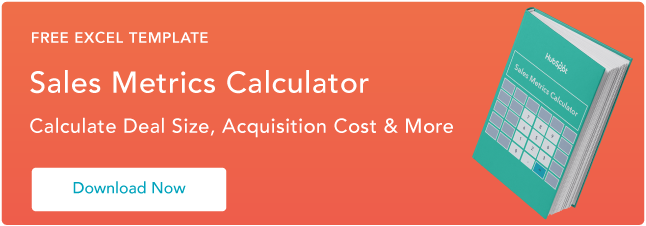























 Cisco announced today that it intends to acquire Perspica, a machine learning-driven operations analytics firm that has raised $8.5 million. Cisco intends to fold Perspica’s team into AppDynamics, the company it purchased earlier this year for $3.7 billion. Cisco did not share the Perspica purchase price. All of these machinations have a purpose. Cisco is of course at its heart a…
Cisco announced today that it intends to acquire Perspica, a machine learning-driven operations analytics firm that has raised $8.5 million. Cisco intends to fold Perspica’s team into AppDynamics, the company it purchased earlier this year for $3.7 billion. Cisco did not share the Perspica purchase price. All of these machinations have a purpose. Cisco is of course at its heart a… 
